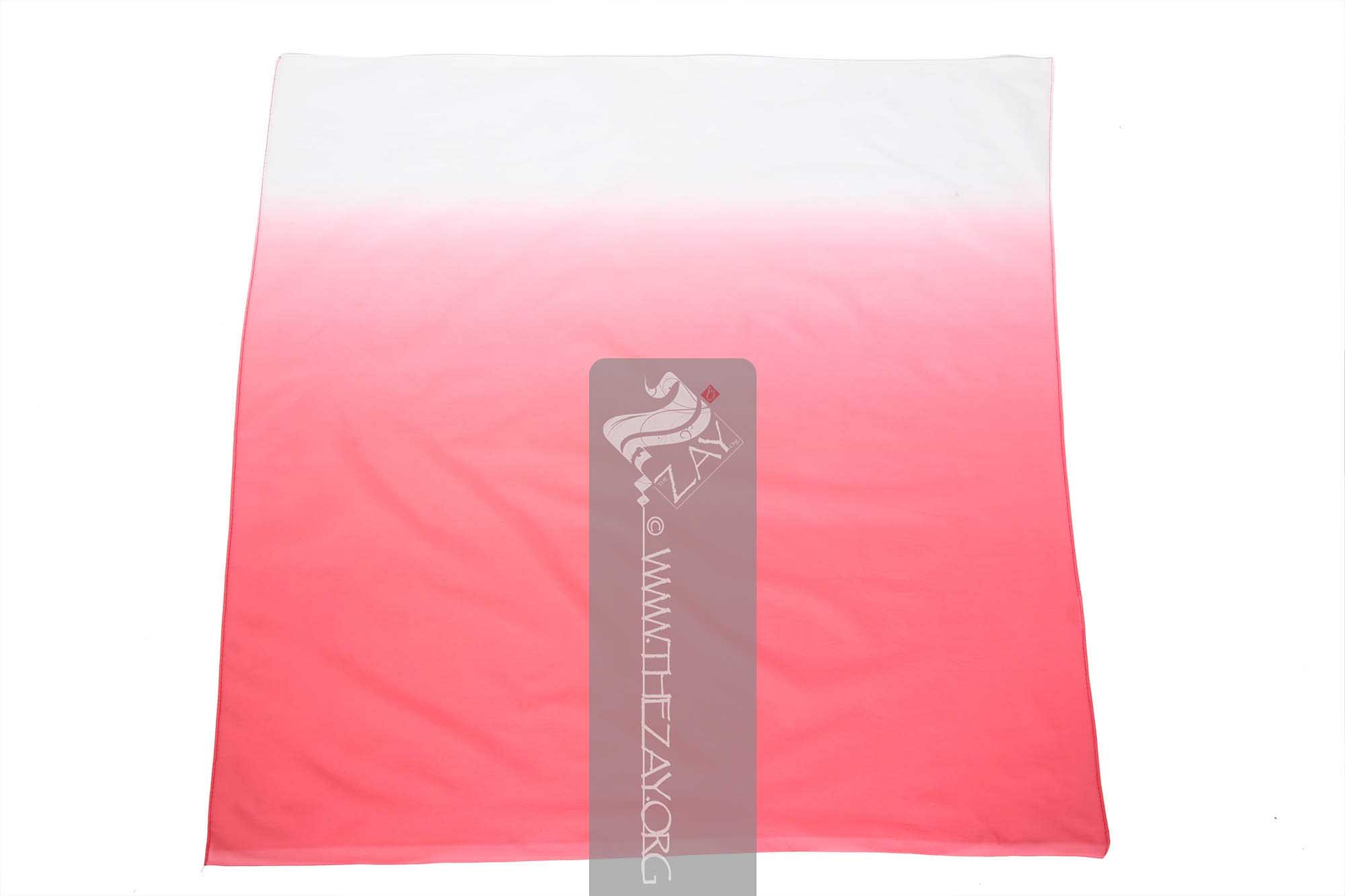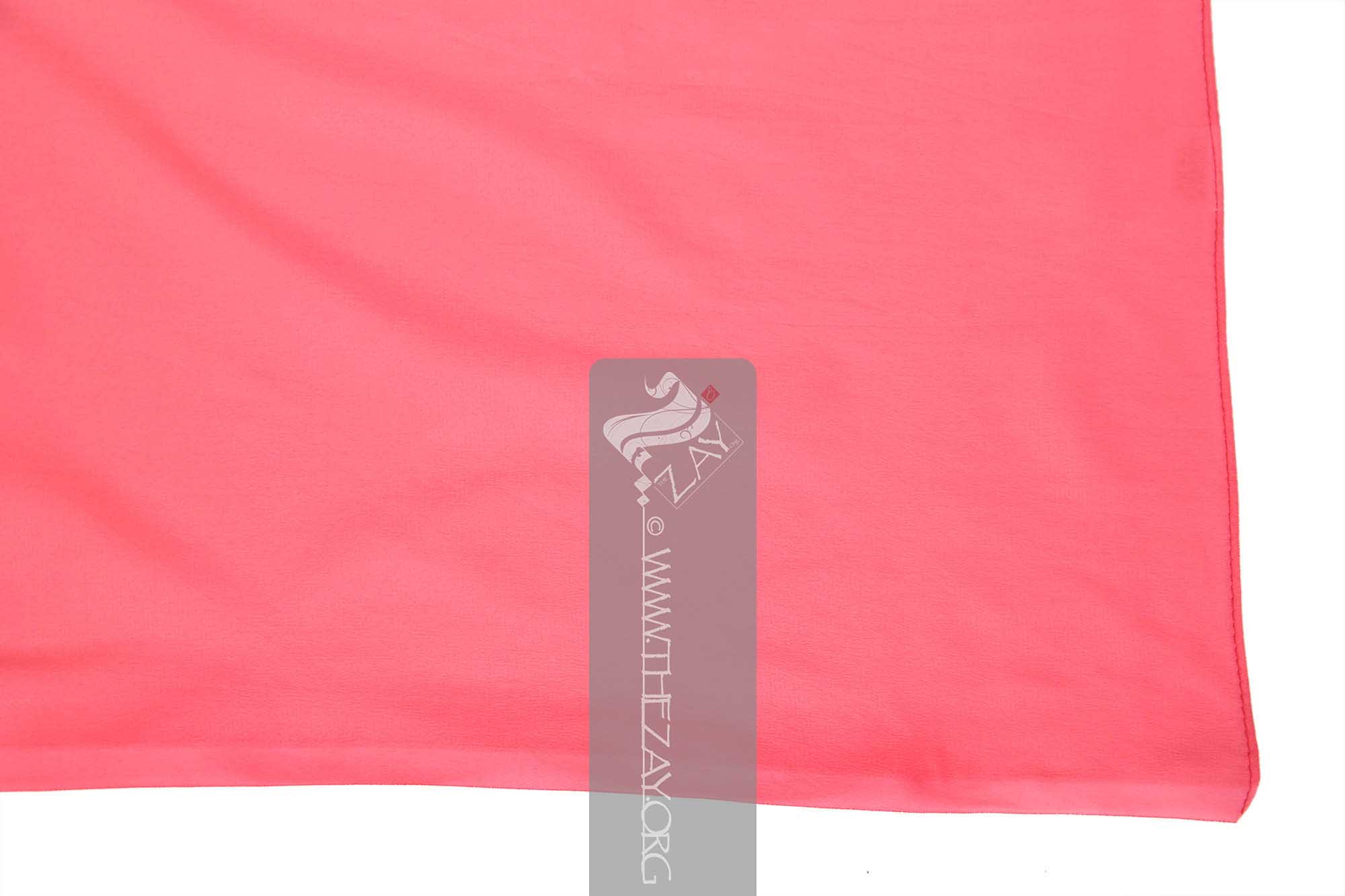Object History Purchased by Dr. Reem Tariq
Ṭariq: (Arabic; Synonym: tulle_bi_talli; talli; badla; khus_dozi ), series of small metal knots made on a woven net ground as embellishment. The term is commonly used in the Levant Arab region specifically in Lebanon.
El Mutwalli
Dr. Reem Tariq
Ṭariq: (Arabic; Synonym: tulle_bi_talli; talli; badla; khus_dozi ), series of small metal knots made on a woven net ground as embellishment. The term is commonly used in the Levant Arab region specifically in Lebanon.
el Mutwallī: Founder (CEO) of the Zay
Zay: (Arabic: costume, Pl. azyaā’), a set of clothes in a style typical of a particular country or historical period. Initiative, a public figure, speaker and author. An expert curator and consultant in Islamic art and architecture, interior design, historic costume, and UAE heritage. through a dealer in London in 2017. She could not recall much, possibly together with a kimono
Kimono: (Japanese: ki : wearing, mono: thing, Singular: Kimono) A traditional Japanese long loose robe with wide sleeves tied with a sash around the waist. Presently it is the national dress of Japan. , and eventually added to The Zay
Zay: (Arabic: costume, Pl. azyaā’), a set of clothes in a style typical of a particular country or historical period. Initiative collection. Object Features This is a pink and ivory gradient (chirimen
chirimen: A Japanese crepe
Crepe: (Latin: crispus; Old French: crespe – curled or frizzed), is a lightweight, crinkled fabric with a pebbled texture woven from a hand spun untreated or ‘in the gum’ silk yarn.
fabric traditionally made from silk. It has a distinctive pebbly texture and is commonly used in kimono and other traditional garments. Originally brought from China chirimen weaving extensively developed during the Edo period (1603-1868) and continues to be a popular textile in modern Japan. ) silk (obiage
Obiage: A decorative silk or cotton sash worn under a traditional Japanese decorative waistband – obi
Obi: (Japanese), a wide, decorative belt or sash traditionally worn with Japanese kimono. It wraps around the waist, securing the kimono and adding an elegant touch to the attire. They are often intricately designed, featuring rich patterns, textures, and colors that complement the overall kimono ensemble. – on traditional Japanese robe. It is tied over the obi
Obi: (Japanese), a wide, decorative belt or sash traditionally worn with Japanese kimono. It wraps around the waist, securing the kimono and adding an elegant touch to the attire. They are often intricately designed, featuring rich patterns, textures, and colors that complement the overall kimono ensemble. knot to secure it in place and add colour and texture to the outfit, often complementing the overall design of the kimono. ) sash. It is plain and is in pair. It has been dyed using (shibori
Shibori: (Japanese: Shiboru – To wring, squeeze, or press), is a Japanese technique of manual dyeing that involves manipulating fabric to create patterns by binding, twisting, folding, or compressing it before dyeing. The history of Shibori dates back to the 8th century and has been used in the creation of a variety of fabrics, including kimono and futon covers. ) technique. More InfoShibori
Shibori: (Japanese: Shiboru – To wring, squeeze, or press), is a Japanese technique of manual dyeing that involves manipulating fabric to create patterns by binding, twisting, folding, or compressing it before dyeing. The history of Shibori dates back to the 8th century and has been used in the creation of a variety of fabrics, including kimono and futon covers. is a Japanese dyeing technique that involves creating intricate patterns on fabric by folding, twisting, and binding it before dying. Unique and beautiful patterns could be created using different binding techniques with different dyes.
Some of the earliest surviving examples of
shibori
Shibori: (Japanese: Shiboru – To wring, squeeze, or press), is a Japanese technique of manual dyeing that involves manipulating fabric to create patterns by binding, twisting, folding, or compressing it before dyeing. The history of Shibori dates back to the 8th century and has been used in the creation of a variety of fabrics, including kimono and futon covers. dyed fabrics like the cloth donated by Emperor Shomu to the Todai-ji Buddhist temple in Nara, Japan date back to c. 8th century. Coupled with examples of recorded history such as written descriptions of the art or objects decorated in such art forms support the belief of its origin in Japan.
Initially, it was used to dye silk for the emperors and aristocrats as well as clothes for the commoners. Different
shibori
Shibori: (Japanese: Shiboru – To wring, squeeze, or press), is a Japanese technique of manual dyeing that involves manipulating fabric to create patterns by binding, twisting, folding, or compressing it before dyeing. The history of Shibori dates back to the 8th century and has been used in the creation of a variety of fabrics, including kimono and futon covers. techniques like shape resist, pole wrapping, etc involve different methods of binding the fabric before dyeing resulting in unique patterns and textures. One of the most common techniques involves binding sections of the fabric with string or rubber bands to create a resist pattern. The fabric is then dyed, and the areas where the resist was applied remain undyed, creating a pattern.
It can be done with a variety of natural and synthetic dyes, including
indigo
Indigo: (Latin: Indigo – India, synonym: nil
Nīl: (Latin: indigo), Arabised term for Indigo, a natural dye belonging to the ‘Indigofera Tinctoria’ species of plants that have been cultivated in East Asia, Egypt, India, and Peru since antiquity. According to Pliny the Elder, it was named after India as it was the source of the dye.), a natural dye belonging to the ‘Indigofera Tinctoria’ species of plants that has been cultivated in East Asia, Egypt, India, and Peru since antiquity. According to Pliny the Elder, it was named after India as it was the source of the dye. . It involves creating a fermented vat of
indigo
Indigo: (Latin: Indigo – India, synonym: nil
Nīl: (Latin: indigo), Arabised term for Indigo, a natural dye belonging to the ‘Indigofera Tinctoria’ species of plants that have been cultivated in East Asia, Egypt, India, and Peru since antiquity. According to Pliny the Elder, it was named after India as it was the source of the dye.), a natural dye belonging to the ‘Indigofera Tinctoria’ species of plants that has been cultivated in East Asia, Egypt, India, and Peru since antiquity. According to Pliny the Elder, it was named after India as it was the source of the dye. , which is then used to dye the fabric. The fabric is dipped repeatedly in the
indigo
Indigo: (Latin: Indigo – India, synonym: nil
Nīl: (Latin: indigo), Arabised term for Indigo, a natural dye belonging to the ‘Indigofera Tinctoria’ species of plants that have been cultivated in East Asia, Egypt, India, and Peru since antiquity. According to Pliny the Elder, it was named after India as it was the source of the dye.), a natural dye belonging to the ‘Indigofera Tinctoria’ species of plants that has been cultivated in East Asia, Egypt, India, and Peru since antiquity. According to Pliny the Elder, it was named after India as it was the source of the dye. vat, with each dip creating a darker shade of blue. This traditional practice of using
indigo
Indigo: (Latin: Indigo – India, synonym: nil
Nīl: (Latin: indigo), Arabised term for Indigo, a natural dye belonging to the ‘Indigofera Tinctoria’ species of plants that have been cultivated in East Asia, Egypt, India, and Peru since antiquity. According to Pliny the Elder, it was named after India as it was the source of the dye.), a natural dye belonging to the ‘Indigofera Tinctoria’ species of plants that has been cultivated in East Asia, Egypt, India, and Peru since antiquity. According to Pliny the Elder, it was named after India as it was the source of the dye. for
shibori
Shibori: (Japanese: Shiboru – To wring, squeeze, or press), is a Japanese technique of manual dyeing that involves manipulating fabric to create patterns by binding, twisting, folding, or compressing it before dyeing. The history of Shibori dates back to the 8th century and has been used in the creation of a variety of fabrics, including kimono and futon covers. is quite popular even today.
Links 




